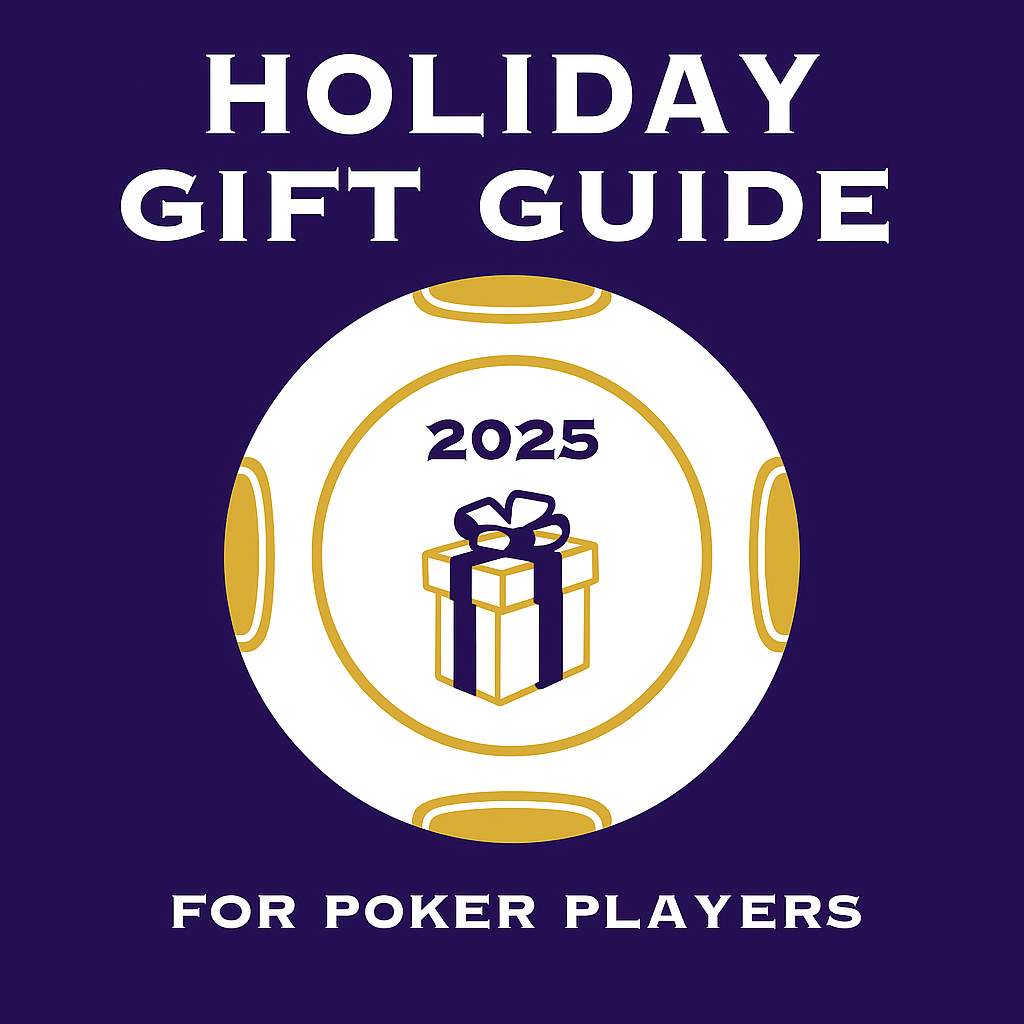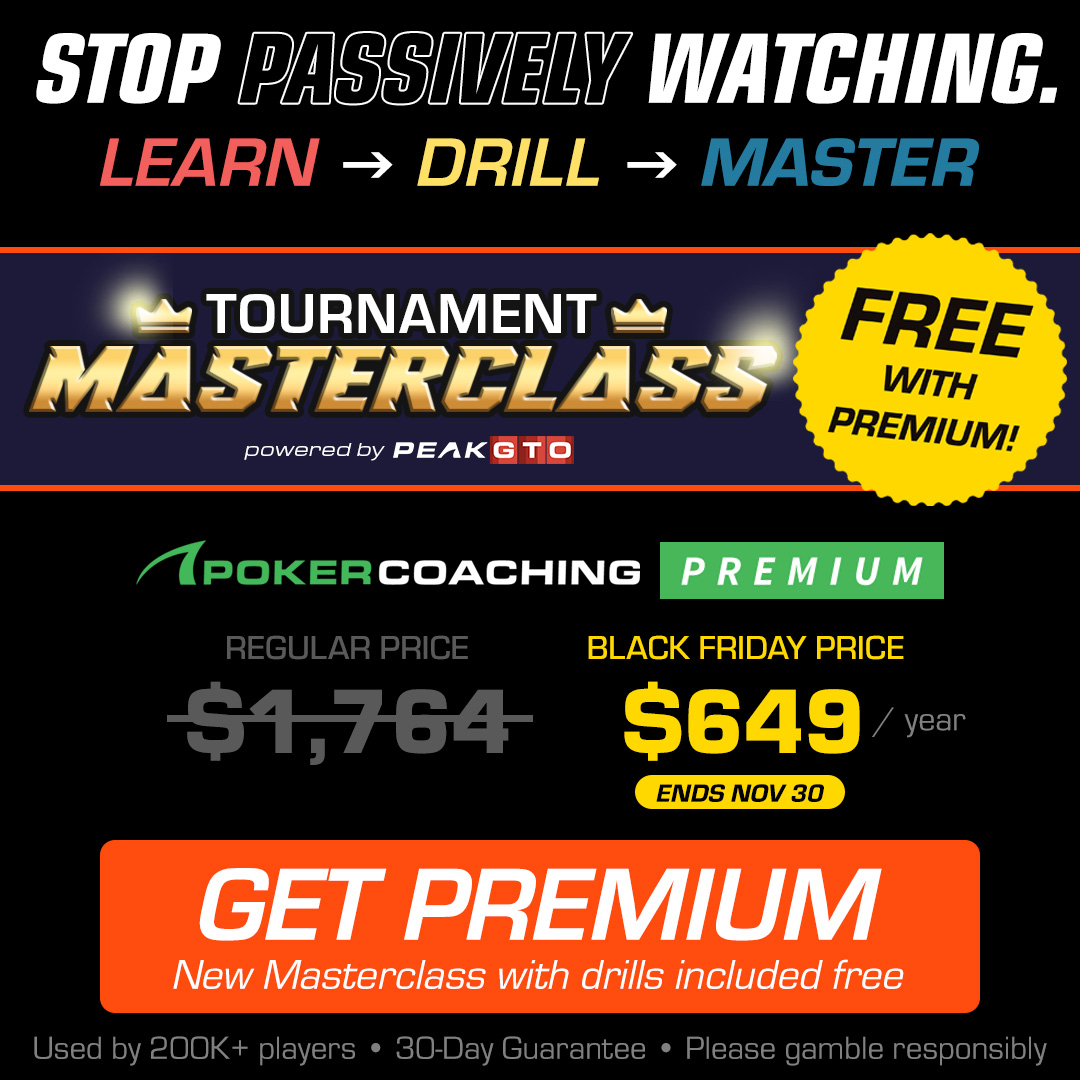Developing a solid poker game is something that grows out of making repeatable choices, not depending on hot streaks. In a nutshell, tighten a few habits and the upwards-pointing graph usually follows. One quick win hides in plain sight: rake eats a slice of every pot, so better rakeback restores edge across thousands of hands and prevents little chunks of your bankroll from being eaten up. For current offers, clear rakeback rates, and how to claim them, discover more at some popular igaming sites and treat rakeback like any other strategic lever you track on a schedule. Beyond that, in this article we’ll list 10 more great ways to help you improve your poker performance and pad that bankroll.

1. Read ranges, not single hands
Results tempt the mind to explain what just happened. Resist the story. Build opponent profiles around position, frequency, and stack depth. Decisions improve when the question shifts to “How does this range behave?” rather than “Did they have it?”
2. Set per session goals you can control
Win targets invite frustration. Process targets travel better: hands reviewed after each session, hands marked for later study, two forced spots avoided per hour, three spots taken that were passed yesterday. Outcomes lag; habits lead. In other words, this helps you focus not on how much you’ll have won or lost, but rather the decisions you’ve made that got you to wherever that session’s finish line is.
3. Clean up preflop first
Leaks multiply when the foundation wobbles. Lock standard opens by position, tighten defend ranges versus large 3-bets, and stop cold calling in dead zones. A tidy preflop map frees attention for tougher streets. To help you with this more in depth, we recommend you read Jonathan Coffman‘s MTT Poker Basics: Learning Preflop Ranges article.
4. Standardize bet sizing
A small menu of sizes makes hands easier to navigate and harder for your opponents to read. Choose sizes that fit board texture and range advantage, then stick to them. Consistency reduces accidental tells and speeds up decisions.
5. See expected value clearly
EV math should feel like muscle memory. Pot odds, implied odds, and break-even bluff frequencies do not require a spreadsheet once you rehearse them. A quick refresher on expected value will help you re-anchor the numbers behind each choice. Practice tiny drills: if your river bluff needs 40 percent folds and this opponent shows 50 percent in the pool reports, shoving in that particular spot should be the obvious play. When you cannot find a clean number, default to the line that avoids a large mistake.
6. Review hands like a coach, not a critic
Positivity works better than negativity, and for that reason hand reviews work when they sound like questions, not insults. What did the range look like at each node? Which hands value-bet too thinly? Which hands over-bluffed? Save favorite hands into themed folders: single-raised pots in position, 3-bet pots out of position, paired boards, monotone boards. Patterns appear faster when similar spots sit side by side.
7. Use solvers as a compass, not a script
Solvers map equilibrium; player pools lean and tilt around that map. Compare the output to pool tendencies, then adjust with intent. If your opponents under-bluff river raises, fold more bluff-catchers. If your opponents over-fold to large turn bets, press value and semi-bluffs. For perspective on game-theory progress, CMU’s work with Libratus shows how equilibrium thinking can guide strategy without dictating every move. Use the principles to shape your plans, not to cosplay a robot at the table.
8. Train tilt control like any other skill
However much lab time and practice you’ll put in to your poker study, at the end of the day you’re human… and human’s tilt. Tilt is not only anger. It is any state that narrows focus and speeds up clicks. Build a simple protocol: a breathing reset after significant pots, a short stand-up on the hour, and session caps that force a break after a rough run.
Understanding loss aversion explains why folding a winner hurts more than calling a loser. Name the bias and meet it with structure: preset stop-loss limits, a hand-mark for postmortems instead of in-session revenge, and a scripted message you tell yourself when variance shouts.
9. Protect the engine: sleep, light, and movement
Sharp reads come from a sharp brain. We’re not saying you need to go to the furthest end of the spectrum and treat your body like a temple, but generally speaking consistent sleep, morning daylight, and short movement breaks will keep your “decision engine” clean. Even a 20-minute walk between blocks of play online resets attention. The science on sleep and performance is blunt: tired brains chase variance and miss signals. Treat sleep like bankroll management. Protect it with the same stubborn rules.
READ MORE: On Poker Budgets and Poker Bankrolls
10. Choose games that match the skill you actually have
Game selection multiplies every upgrade above. It’s not for naught that it’s thought to be the most important skill in poker. Favor tables with deeper stacks, clear recreational player presence, and low rake that won’t crush your intake in small pots. Tight passive tables reward patience and thin value; wild tables reward clarity on bluff-catchers and disciplined seat selection. Consider ticking off boxes from a short checklist before you sit: lineup quality, average stack, rake structure, and your current state. If any item fails, pass and scan again. Selecting the right seat at the right table will earn you a lot more than a hero call ever will.
Reviewing Our Top 10 Poker Performance Tips
The curve bends when choices get simpler, not louder. Build a clean preflop map, standardize your sizes, review hands in families, and place solvers in the role of tutor rather than dictator. Wrap that with tilt protocols and basic sleep hygiene, then pick lineups that actually reward skill. Do this on repeat and the session feels calmer while the decisions look cleaner. Poker rewards the players who repeat good habits without turning into a machine, and who understands well where the silent tax of rake lives and how to ensure it’s as low as possible.





